In the wake of thawing U.S.-Cuban relations a lot of ink has spilled about tourism on the streets of Havana. The chatter has only grown following Fidel Castro’s death, as more and more people expect Cuba to return to its glittering heyday of the 1940’s and 50’s.
In fact, the prestigious Brookings Institute recently predicted that “with lovely beaches, several U.N. historic sites, and a vibrant culture, the industry has enormous potential… Both public and private workers in the industry benefit directly from employment and income, thousands of suppliers benefit from sales to the industry, and the emerging private businesses include tourism-centric B&Bs, taxi transport, and restaurants.”
A nice vision, but things probably won’t be that easy.
Tourism, you see, is often a trap.
Breaking the virtuous cycle
Developing economies generally feature large but unskilled workforces, and so specialize in labor-intensive industries. That’s why so many factories ship overseas, usually to the benefit of the local economy since an abundant supply of labor means lots of un- or under-employment. These jobs elevate local standards of living and, as more people find employment, the job market tightens and wages improve.
That both improves the local consumer base, making the economy more self-sufficient, and provides the capital to invest in education, leading to more skilled labor.
And a more skilled worker can demand still higher wages.
This is called the virtuous cycle. It generally works quite well and tourism should be an excellent mechanism to build it, with a high volume (1.2 billion arrivals in 2015 alone) and endlessly renewable customer base (people will revisit favorite spots). While the initial development of hotels, resorts and restaurants takes capital, they disproportionately generate low-skill/high-labor jobs in the service and retail sectors.
That’s the theory at least, but it often doesn’t work that way.
From the Caribbean’s generational shantytowns to the Andes villages outside Machu Picchu, visitors rarely trigger the kind of lasting prosperity factories and call centers do.
The leaky economy
The main problem is that tourists build leaky economies.
Unlike a factory town, where the money tends to remain in circulation, a tourist economy has to spend most of its profits just to stay in business. Tourist dollars flood back out to foreign property owners, travel agents (yes, even today), importers and a dozen other points of contact.
Now, there’s no necessary flaw with external investors keeping a big chunk of a business’ profits. Very little of the purchase price of a t-shirt or iPhone gets back to the growing middle class in China after all, and that’s what encourages people to build those factories in the first place. But factory workers get to keep most of their wages to spend on personal consumption, and the business often relies on local infrastructure and supply chains to keep costs down.
Not so much with tourism.
On top of investment costs tourism towns have many points of downstream loss that other labor economies don’t. It’s so bad that a study from the United Nations found only $5 out of every $100 spent staying in a local economy.
Import leakage
The most common problem is import leakage.
Tourists to developing nations generally demand standards of comfort that their hosts can’t provide. Food, drinks and equipment all have to be imported, and the supply chains built to ship them.
All of that happens at western prices*, but few developing destinations can afford to pass those costs along because one of their chief competitive advantages is advertising a cheap vacation. So instead they’re stuck in a trap: they need to provide a western standard of living while charging local prices.
Speaking of infrastructure, that’s not cheap either. Tourism demands roads, water, electricity and, increasingly, stable internet. All of this requires enormous public investment from the local tax base. It forces residents to choose between higher taxes (which many can’t afford, otherwise they’d have built this infrastructure for themselves) or slashing investment in other areas… like schools.
Import leakage alone can account for more than half the money that comes into a developing economy, and it’s not just picked from the Hilton’s pocket. That local restaurant, the bodega down the street, they all have to keep up with the big resorts.
And it ain’t cheap.
Price competition
Let’s talk asymmetric inflation.
Every time we tourists slurp down a banana, coconut or chicken we leave one fewer for local consumption. For every hotel built, there’s that much less property for houses and small businesses. This wouldn’t necessarily be a bad thing in a shared marketplace; balanced with good public policy this scarcity could improve development opportunities for farms and light manufacturing to meet the demand.
It sometimes works that way, but far less often than it should. That’s because very few people in the developing world have incomes to participate in the same market as an American or European tourist. The result is asymmetric inflation in a skewed and distorted marketplace.
In ordinary inflation similarly-situated consumers compete with each other and raise prices. As the prices of goods and services rise the associated businesses have more cash to pay higher wages, giving consumers more purchasing power. Newly empowered as consumers, these workers then push prices even higher. It’s not necessarily a bad thing (the higher wages are good), as it’s the hallmark of an economy operating at capacity.
Tourism inflation doesn’t work that way because in a developing nation there are two different purchasers at work. Locals can’t compete with tourist prices, so those products disappear without that normal give-and-take of competition. As suppliers ramp up production much of what they contribute disappears into this segregated marketplace, so that doesn’t do much good.
Those higher prices do mean more money for producers, but only for those few who can get goods into the hotels, restaurants and resorts. (Again, a lot of those supplies are import-driven.)
So instead of a normal inflationary cycle, prices get driven up by artificial scarcity to the extent that one study by San Francisco State University found local costs in Belize climbing by 8 percent in the wake of tourism development.
That’s a lot more money to pay for your daily life.
Stagnation
Economies which depend on tourism tend to do so at the expense of developing other sectors of service and industry. Jamaica, for example, relies on tourists for nearly 30 percent of its entire economy. Greece, a well-developed nation by most standards, still counts on it to generate 17.3 percent of its GDP.
This tends to stick in a way that other industries don’t. Manufacturing helps to generate subsidiary local business far more than a resort does, often building a robust local marketplace that encourages secondary businesses capable of diversifying. (Want a factory? Someone needs to supply the parts. Call center? Someone needs to build your tables and chairs.) That’s important because, ultimately, economies that depend on one industry grow more slowly and can collapse after a shock.
See the American communities in the wake of modern coal prices or, again, the fate of Greece.
It’s something apparent even to casual observers. Take a walk through factory towns in Indonesia and you’ll see competing global manufacturers, supply centers and restaurants serving the workers. These are signs of a flexible economy with evidence of, in order, labor competition, diversification and a growing consumer base.
Walk around a beach town in Belize and you’ll see stores and restaurants predominantly dedicated to the tourists. Relatively little is built to face “inward.” These economies often struggle to build more flexible subsidiary businesses and a local consumer base because they rely so heavily on imports and need to keep wages so low.
As a result they risk stagnation.
Look, this is not a full-throated defense of cheap labor manufacturing communities. Nor is it an argument that tourism is inevitably and always wrong. Many factory towns around the world wind up gutted and failed. Tourism can develop a local economy.
And there’s no question that a job working at a resort beats no job at all.
The problem is when experts tout this industry as a cure-all for struggling but beautiful communities. “Build a few hotel rooms and serve them dinner” might help in the short run, but it’s important to remember the many downsides too.
Tourism can help a developing economy, but as often as not it also turns into a trap.
*Here I will use “western” and “developed” interchangeably, simply to avoid exhausting the terminology.
12/24/16 – Edited slightly for grammar and style.
- Write More Listicles - August 12, 2021
- Find The Hard Interview - July 28, 2021
- Using Your Voice - August 22, 2018

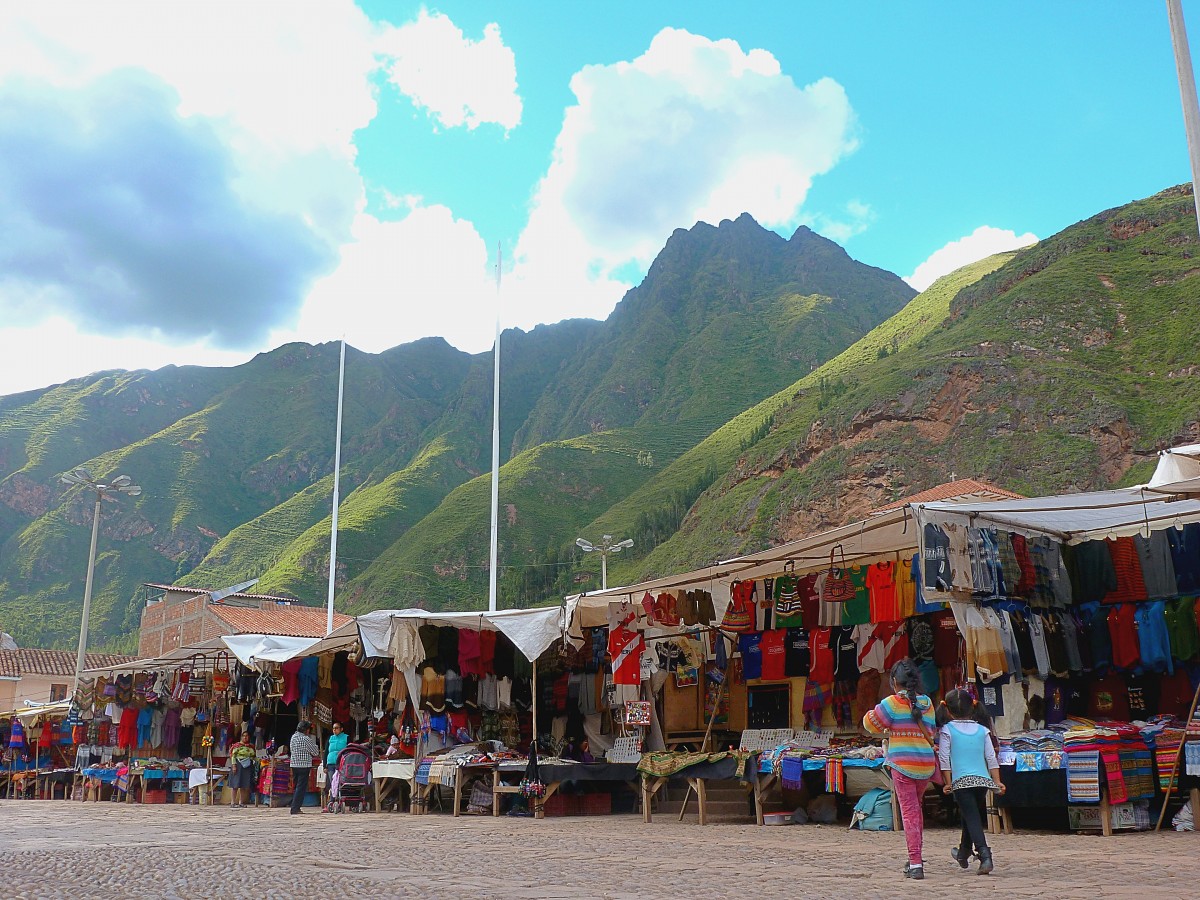
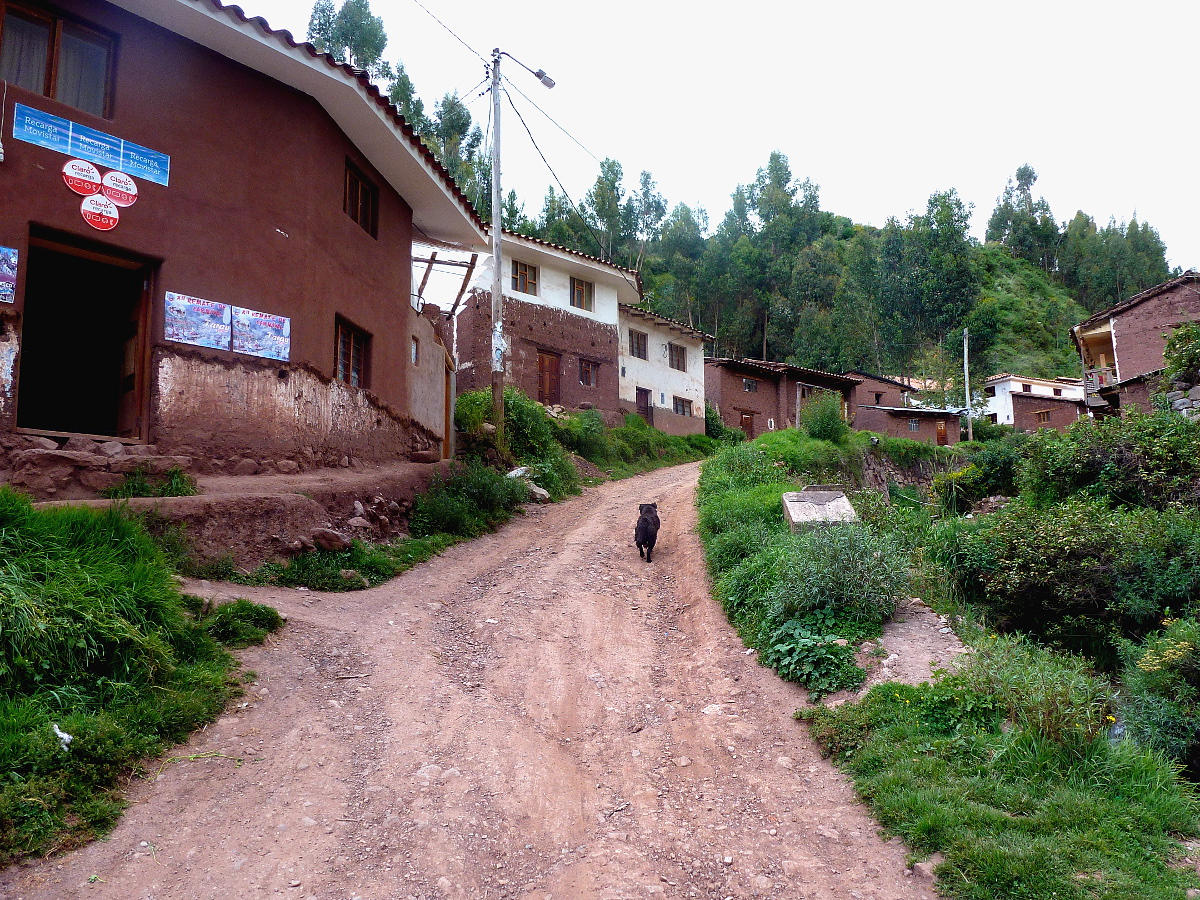
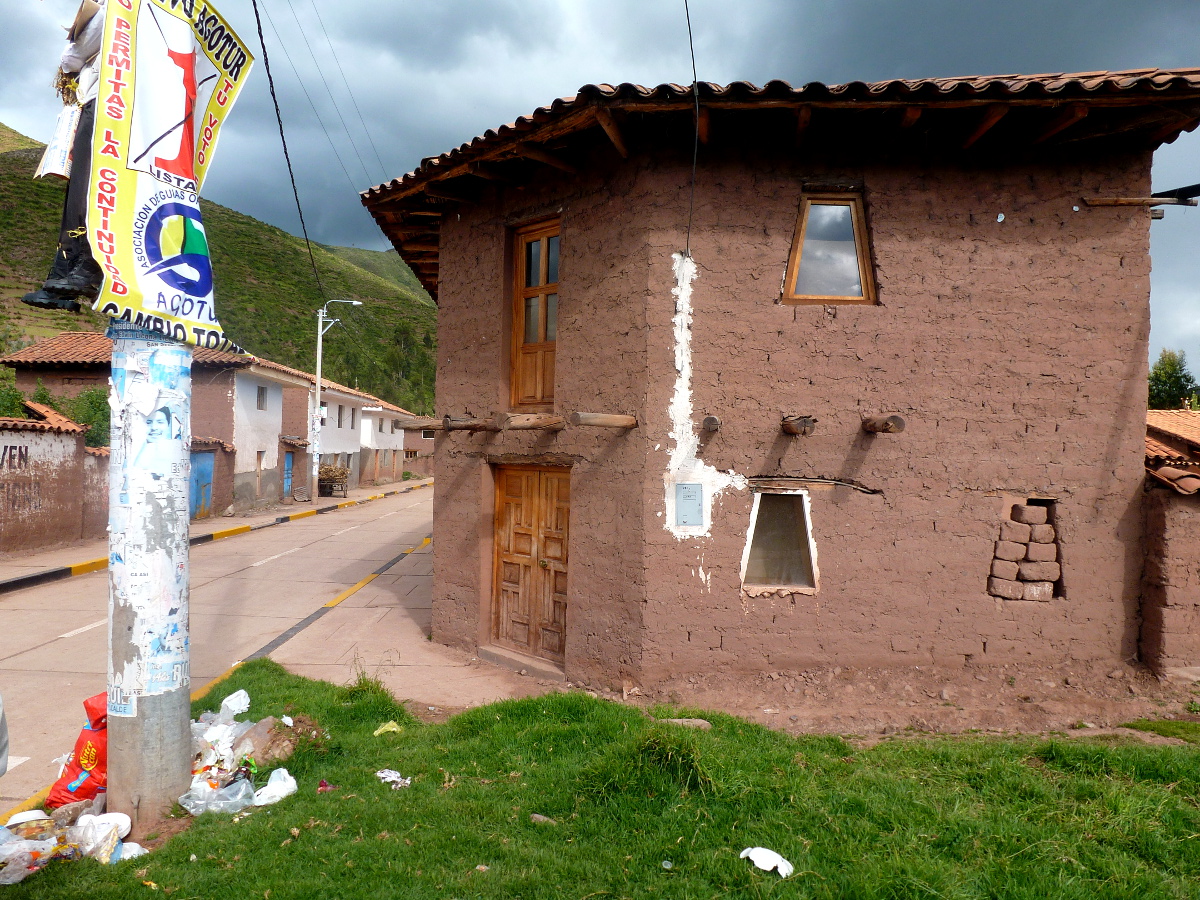
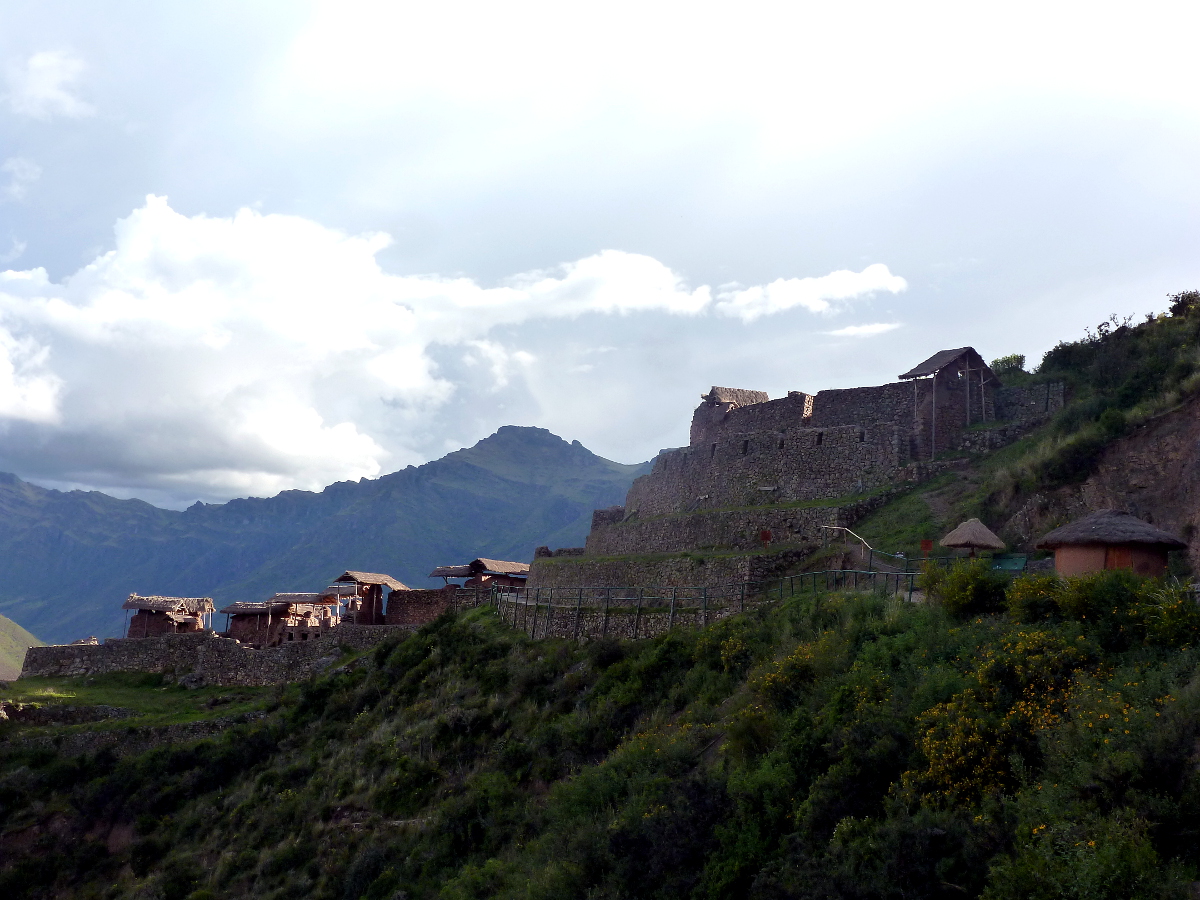
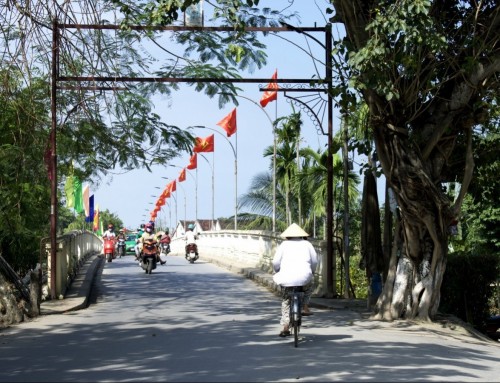

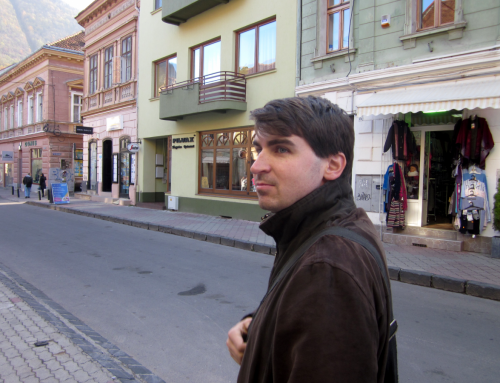
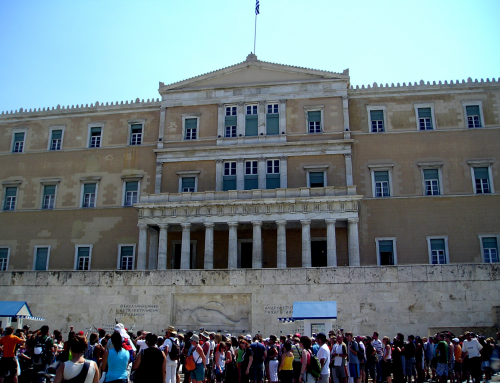
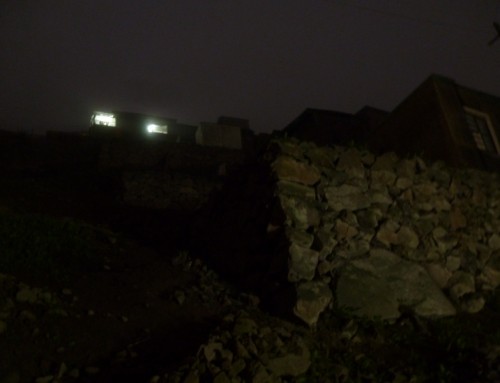
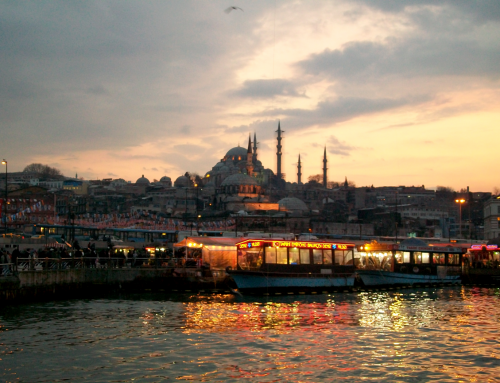
Leave A Comment